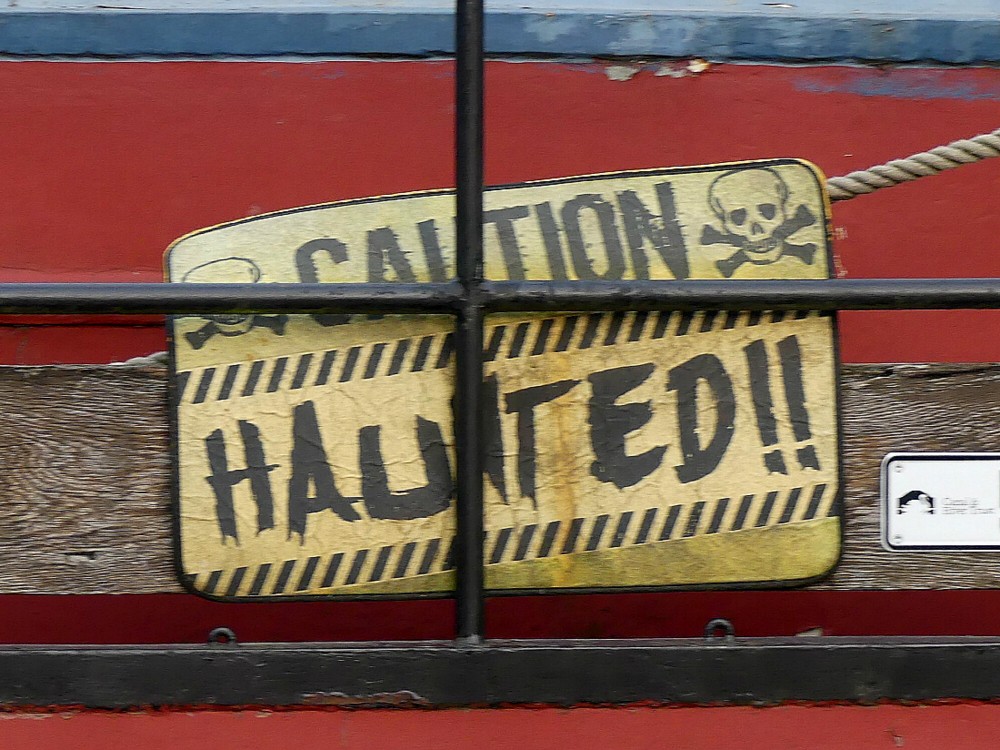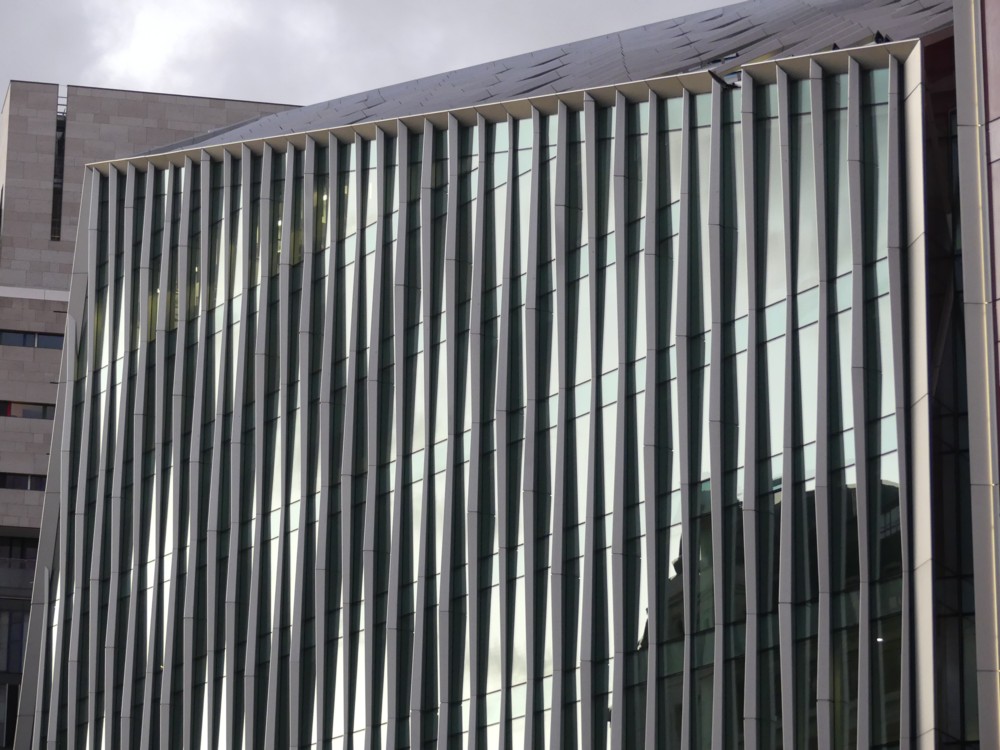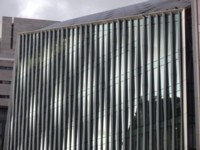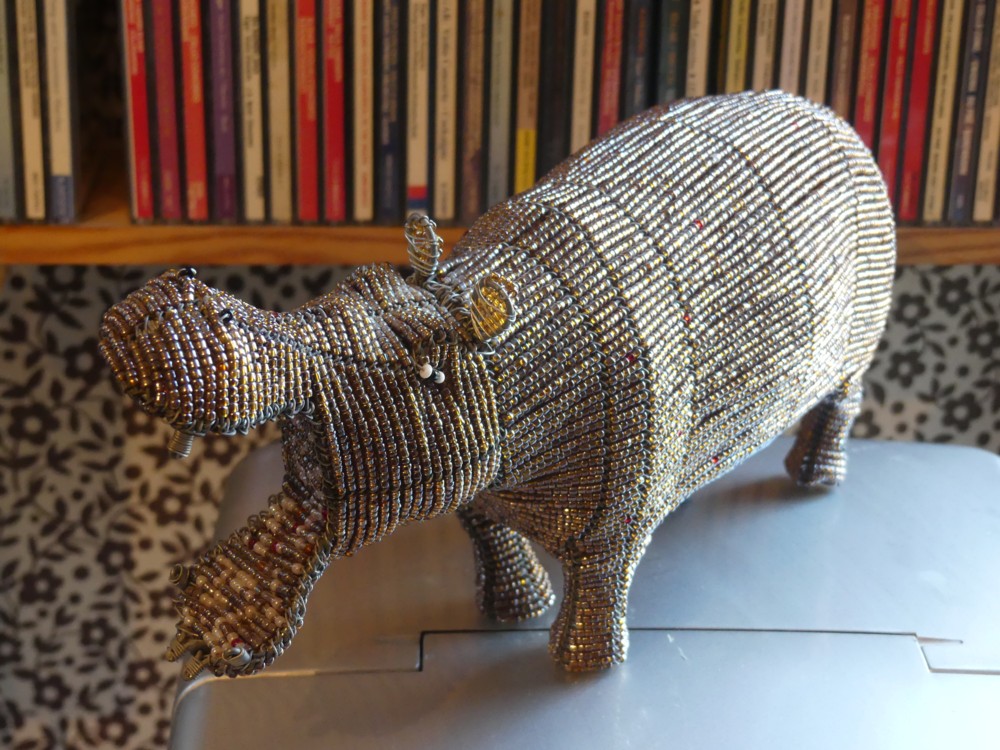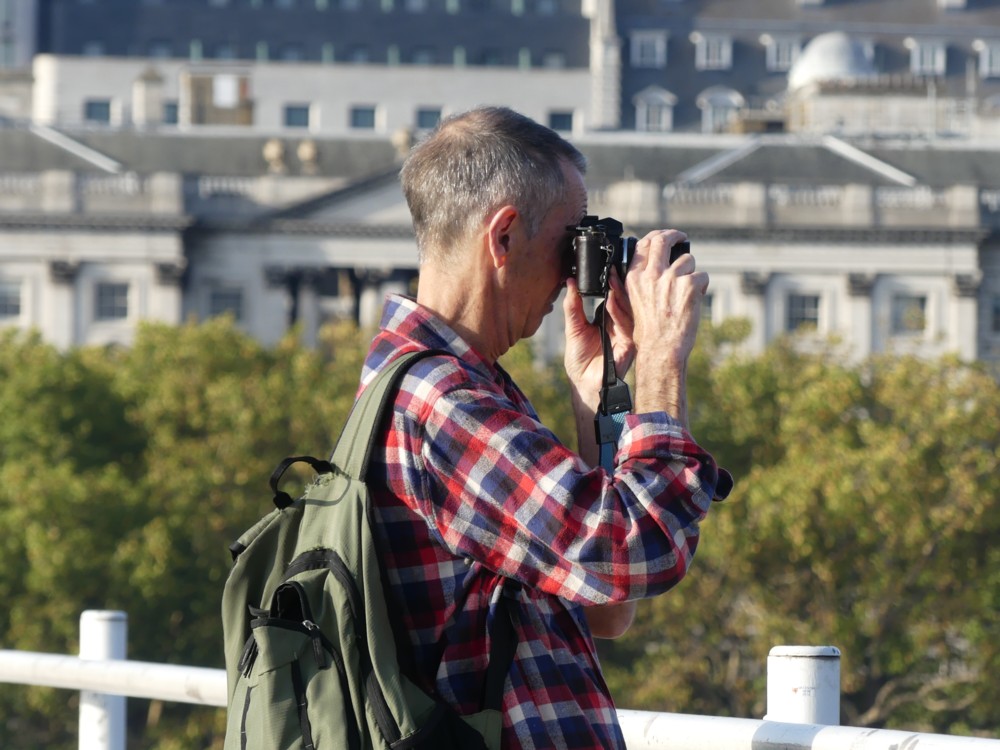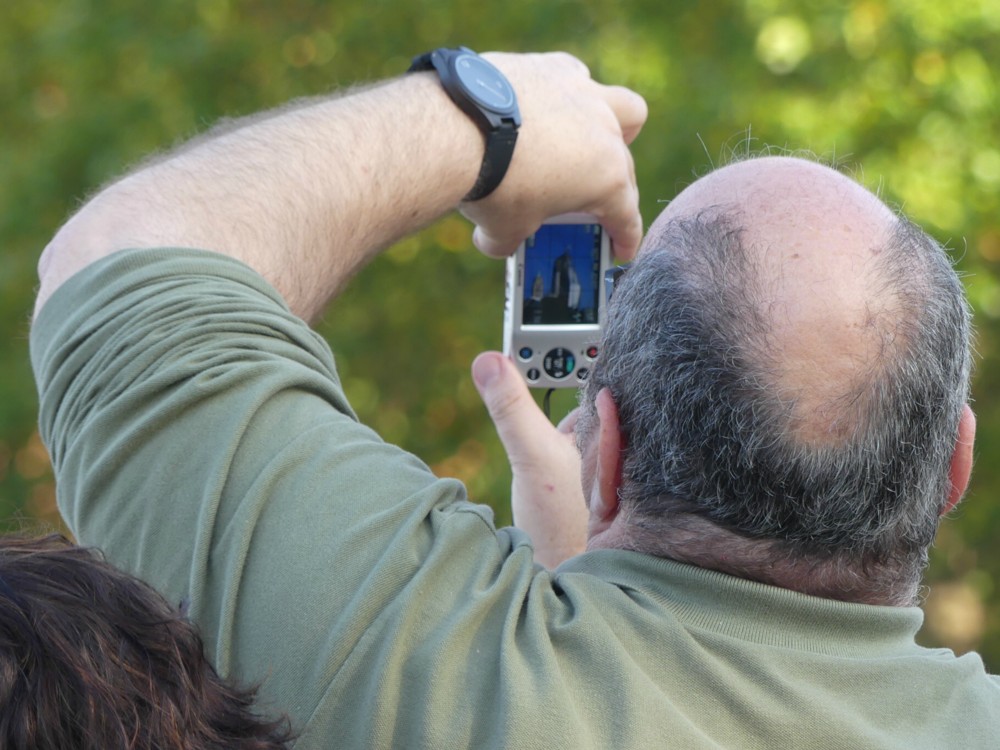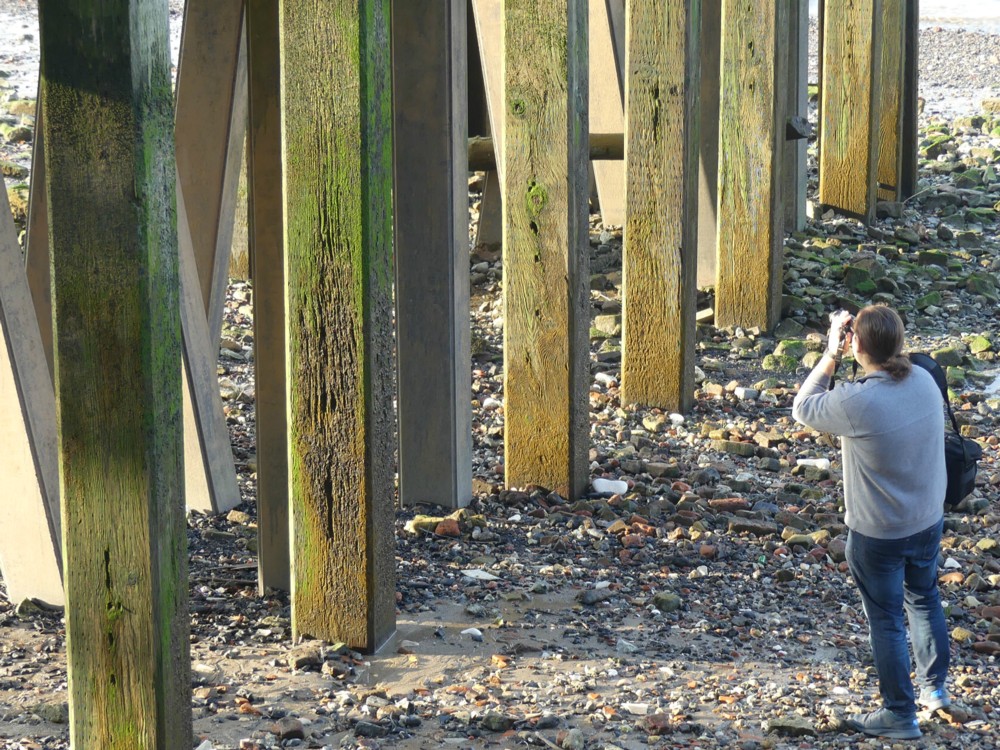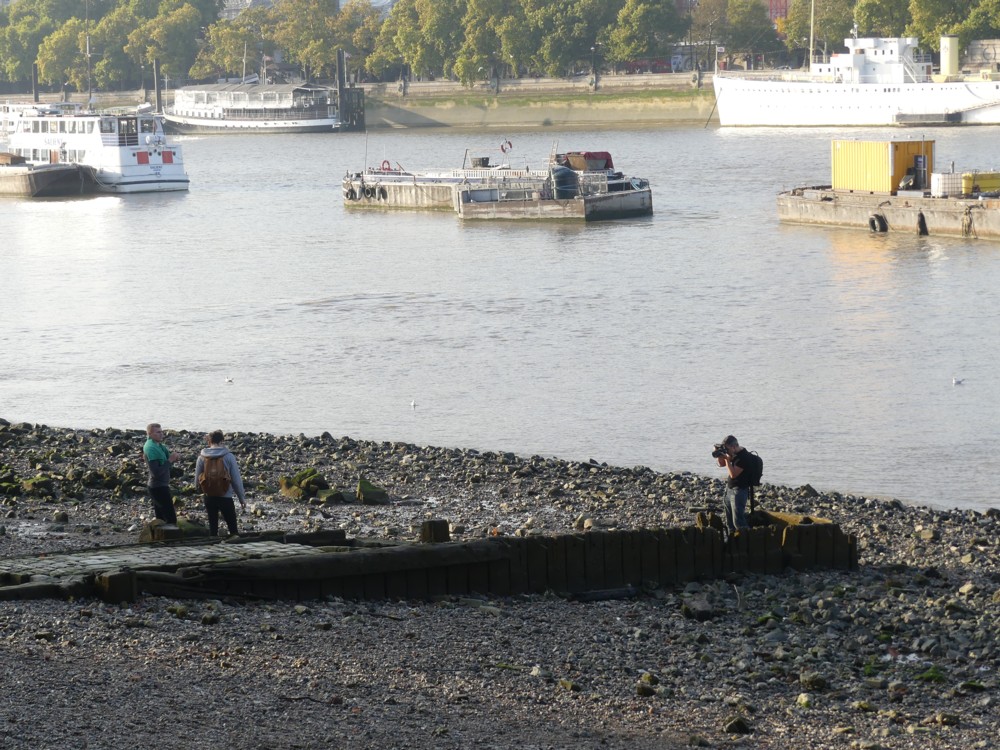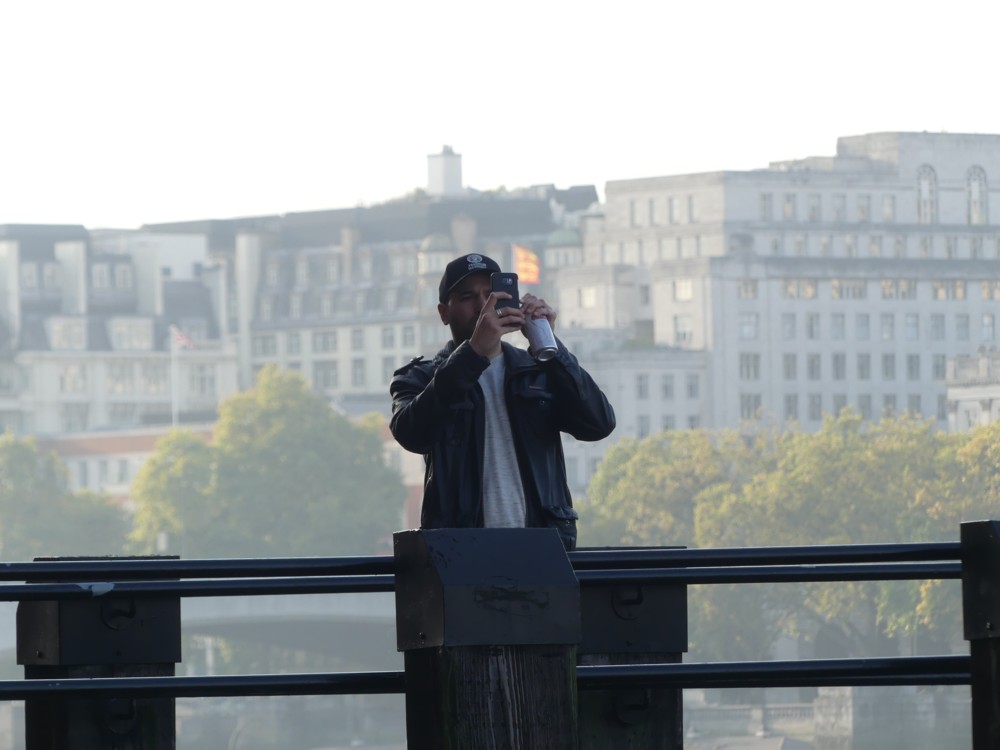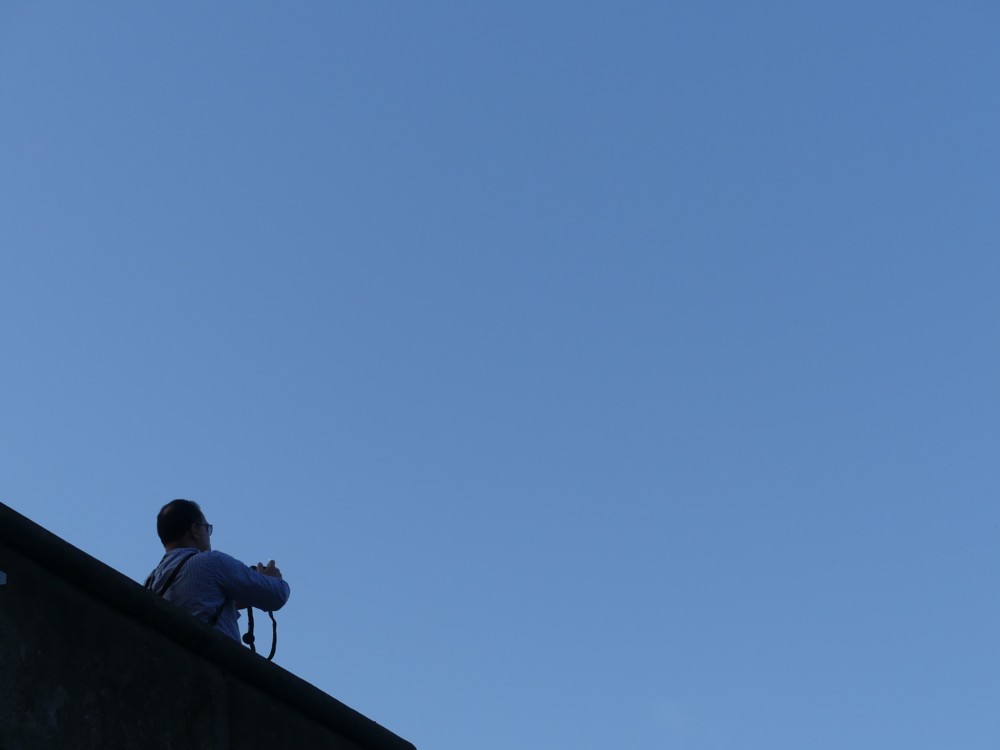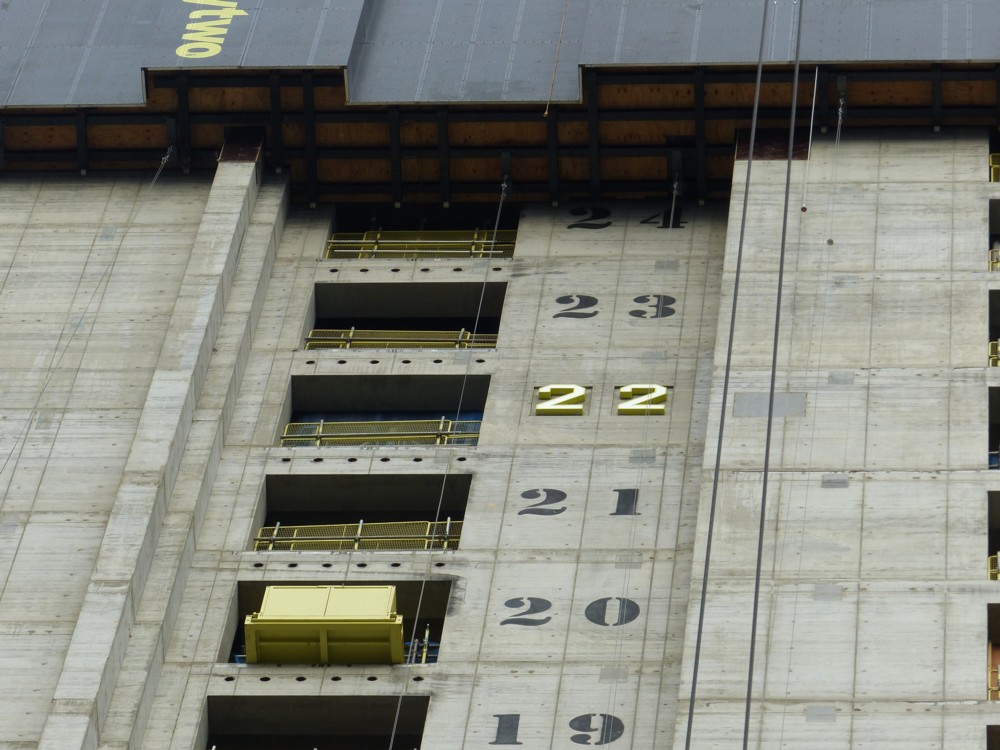I have been collecting all of Martha Argerich’s, formerly EMI and now Warner, CD boxes of performances at her annual Lugano Festivals. These sets have contained an agreeable mixture of familiar and unfamiliar works, and are also amazing value.

The latest and, we are told, last of these boxes (the Lugano Festival itself is coming to its end) contains a major surprise in the form, first up, of a solo piano performance by Argerich herself. The surprise being because Argerich, a long time ago now, said that she would not be performing any more piano solo music. She prefers to play along with other musicians. Concertos are fine. This is not an I-don’t-like-being-centre-stage thing. When playing a concerto, she is playing along with a conductor and an orchestra. She just doesn’t like playing on her own, without anyone else on the platform.
Until now. From the sleevenotes:
Among the many inviting prospects was a performance by Argerich herself of Ravel’s solo-piano Gaspard de la nuit. She had also performed it the previous month in Beppu, Japan, and this marked a return for the first time in 33 years to a piece that had been associated so closely with her during her early career. She ingeniously bypassed her ban on solo performance by inviting her daughter Annie Dutoit to read the poetry by Aloysius Bertrand that inspired Ravel’s hallucinogenic and technically daunting piano suite.
Ingeniously? That’s one way of putting it. Tortuously might be another, not to say: bizarrely. Anyway, I am listening to the suitably Halloweeny Gaspard now, and it sounds very good.
There are enough wondrous pianists around, still emitting wondrous solo piano CDs, for one more or less not to be a colossal issue. But, it would be nice if Argerich recorded some more solo piano works. All that will be needed will be for daughter Annie to provide a suitable reading of something or other to go along with each solo performance, so that Mother Martha could pretend she isn’t playing solo. Or, here’s a plan, she could just say: from now on, I think I will do some more solo stuff. Only a few internet idiots would complain.
My guess is that what Argerich is really put off by is not the solo performing, but all the hours of solo practising that she would feel the need to do. After all, when she performed Gaspard, to an audience, she was absolutely not alone. There was an audience. I’ve just heard their enthusiastic clapping. (Now I am listening to Busoni’s Violin Concerto, I’m pretty sure for the first time. This is the kind of thing I especially like about these Lugano boxes.) No, it’s the endless solitary confinement of practise that she got fed up with when she had to do it, all the time, and dreads returning to. Now, she presumably still has to do lots of private practise, but at least she can have fun rehearsing with others, as well as performing. And chamber music is cheap enough on the salary front to enable hours of rehearsing, and also something that rewards such practise, come the performance. It’s an ideal fit for Argerich.
So sadly, my guess is that this Gaspard was an exception that proves the rule rather than any sort of more lasting breaking of the rule, an abberation rather than a harbinger of more solo things to come.
On the other hand, now I come to think of it, on CD2 of this box there is a performance, which I have yet to hear, of Beethoven’s Choral Fantasy, for piano, orchestra and singers. I love this piece. But more to my point here, much more, it starts with quite a big chunk of piano solo stuff, before the orchestra and singers join in.
So, maybe Argerich really is feeling the need to do more solo playing.


